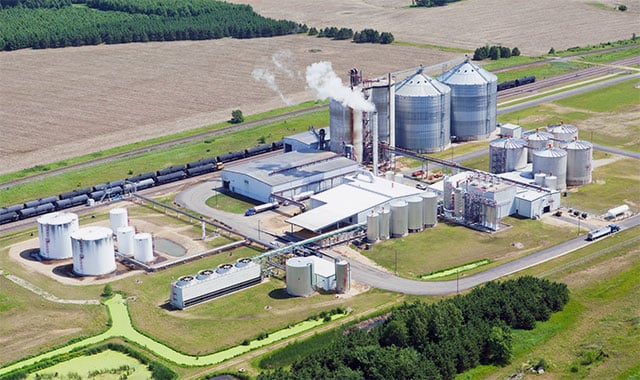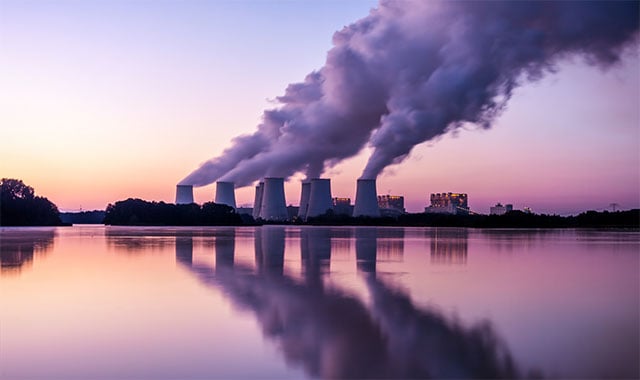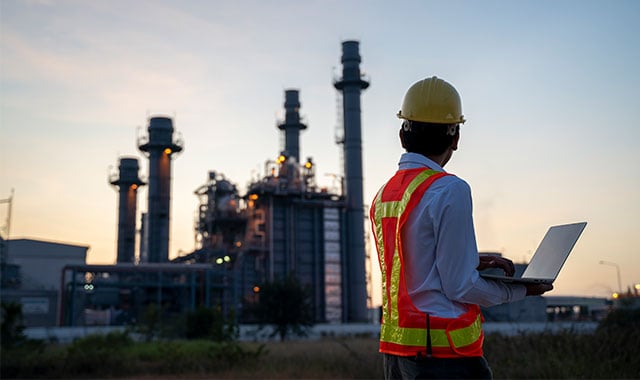What Do Proposed New EPA Rules Mean for the Power Sector?
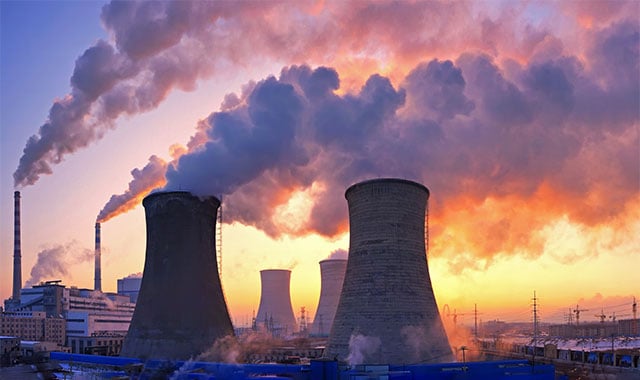
The U.S. Environmental Protection Agency (EPA) has proposed sweeping changes to the Clean Air Act for fossil fuel-fired power plants. The new rules would accelerate decarbonization for the power sector, requiring coal- and gas-fired plants to cut or capture nearly all carbon emissions by 2035. Carbon capture and sequestration (CCS) technologies are expected to play a big role in helping the industry meet these targets.
Reaching NetZero for the Power Sector
Electricity generation is the second-largest source of greenhouse gas (GHG) emissions in the U.S., accounting for 25% of all emissions in 2021, or about 1,585 million metric tons of carbon dioxide (CO2) equivalent. About 70% of emissions from electricity production come from coal- and gas-fired power plants.
The Biden Administration has set an aggressive target of 100% clean electricity by 2035. The U.S. has already made great gains in decarbonizing the grid through the integration of clean and renewable energy sources such as wind, solar, geothermal and hydropower, decreasing total GHG emissions by about 15% since 1990. However, renewable energy alone will not be enough to hit the 2035 targets. It takes considerable time to bring new large-scale wind and solar projects online and integrate them into the existing grid. In addition, these energy sources can be highly variable, creating challenges for energy storage and reliable power generation. For the near term, fossil fuel-fired power plants will remain critical for maintaining the stability and reliability of the grid.
That means solutions are needed that will allow these plants to remain operating while dramatically reducing their carbon emissions. The EPA’s proposed rule change lays out a few possible pathways for existing and new coal or natural gas plants, including:
- Co-firing with cleaner fuel alternatives
- Reducing or ceasing operations
- Capturing 90% or more of emissions via CCS.
What Do the Proposed EPA Rules Require for Power Plants?
The proposed rule was released to the public on May 23, 2023, and will be open for comment until July 24, 2023. The EPA is proposing changes to Section 111 of the Clean Air Act (CAA), which sets emission standards for large stationary point sources of GHGs, including power plants. The proposal would set slightly different standards for different types and categories of fossil fuel-fired power plants. The new source performance standards and emission guidelines allow power plants to choose the “best system of emission reduction” (BSER) based on costs, energy requirements, and other factors. Depending on the category the power plant falls into, they will have until 2030 or 2035 to meet the new emission standards.
New and Reconstructed Fossil Fuel-Fired Combustion Turbines
These sources are governed under CAA 111(b). Under the proposed change, the EPA will set new emission standards for new, modified and reconstructed gas-fired combustion turbines. Sources are further subcategorized as base load, intermediate load, or low load.
A base load power plant is designed to operate continuously to generate a consistent amount of electricity to meet base demand. New base load stationary combustion turbines must meet standards for highly efficient combined cycle generation. There are two pathways outlined for base load power plants to reduce GHG emissions.
- Low-GHG Hydrogen Pathway: This involves gradually reducing the amount of natural gas used for combustion and replacing it with hydrogen fuel, which does not emit any GHGs during power generation. Gas-fired combustion turbines would need to co-fire with at least 30% low-GHG hydrogen by 2032 and at least 96% by 2038.
- CCS Pathway: The second pathway involves capturing CO2 as it is emitted during power generation and storing it safely in geological formations. Under this path, new gas-fired combustion turbines would have to capture 90% or more of carbon emissions by 2035.
The EPA is putting the primary focus on new base load plants because they operate continuously and therefore generate the majority of emissions among plants of this type. Low-load power plants (“peaking units” used at a capacity of 20% or less) and intermediate load plants (generally defined as operating at 20-50% capacity) would have less stringent standards.
- New intermediate load combustion turbines must use highly efficient simple cycle generation and meet the 30% low-GHG co-firing requirement by 2032.
- New low-load combustion turbines will simply be required to use lower-emitting fuels (e.g., natural gas or distillate oil meeting specific performance standards).
Existing Coal-, Oil-, and Gas-Fired Steam Generating Units and Gas-Fired Combustion Turbines
Existing point sources are governed under CAA 111(d). For existing fossil fuel-fired power plants, states will have two years to submit plans for containing GHG emissions consistent with the new federal guidelines. These rules will apply to:
- Existing large (>300 MW), frequently operated (at >50% capacity) fossil fuel-fired stationary combustion turbines.
- Existing natural gas- or coal-fired steam generating units.
The pathways for existing large, stationary combustion turbines are the same as the proposed pathways for new or reconstructed plants in this category (above). Namely:
- Low-GHG Hydrogen Pathway: Gas-fired combustion turbines would need to co-fire with at least 30% low-GHG hydrogen by 2032 and at least 96% by 2038.
- CCS Pathway: Existing gas-fired combustion turbines would have to capture 90% or more of carbon emissions by 2035.
The pathways for existing fossil fuel-fired boilers depend on whether the plant is coal-fired or gas- or oil-fired. Natural gas- or oil-fired boilers simply must commit to routine methods of operation and maintenance, with no increase in emission rates beyond 2030.
Coal-fired boilers have more complex pathways, depending on how long the power company wishes to keep them in operation. Coal-fired plants can:
- Cease operations by January 1, 2032, with no increase in emissions past 2030.
- Cease operations by January 1, 2035, and adopt an enforceable annual capacity limit factor of 20% before then.
- Cease operations by January 1, 2040, while taking steps to reduce emissions by at least 16% through natural gas co-firing of at least 40%.
- Plants that will continue operating past December 31, 2039, must begin capturing at least 90% of emissions via CCS by 2030.
CCS and Clean Energy Policy
If the new emission standards are adopted, CCS can be expected to play a large role in helping the power sector meet the 2035 targets. Carbon capture and sequestration offers a practical path forward for electricity generators, allowing existing fossil fuel assets to remain in use while cutting emissions by 90% or more. As the country continues to invest in renewable energy and power storage technologies, CCS provides an important bridge to our clean energy future.
The EPA estimates that the new rule could avoid an additional 600 million metric tons of CO2 emissions through 2042. In addition to cutting GHG emissions, the proposal would also significantly reduce harmful particulate matter pollution (PM2.5) generated by fossil fuel-fired power plants. This would be a win for both the climate and public health.
Battelle Carbon Storage Services has been at the forefront of CCS for decades. Through our work with the Midwest Regional Carbon Initiative (MRCI) and other large CCS projects, we have helped to bring the technology out of the lab and up to commercial scale. As the regulatory environment continues to shift, we’ll be here to help power companies meet stringent new emissions standards while maintaining the reliability and stability of the grid.
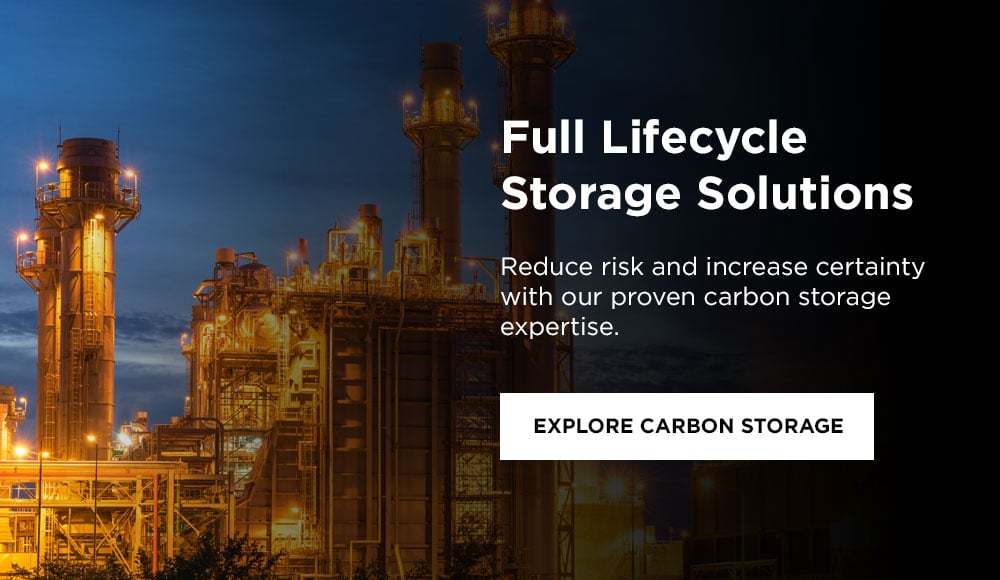
Related Blogs
BATTELLE UPDATES
Receive updates from Battelle for an all-access pass to the incredible work of Battelle researchers.


